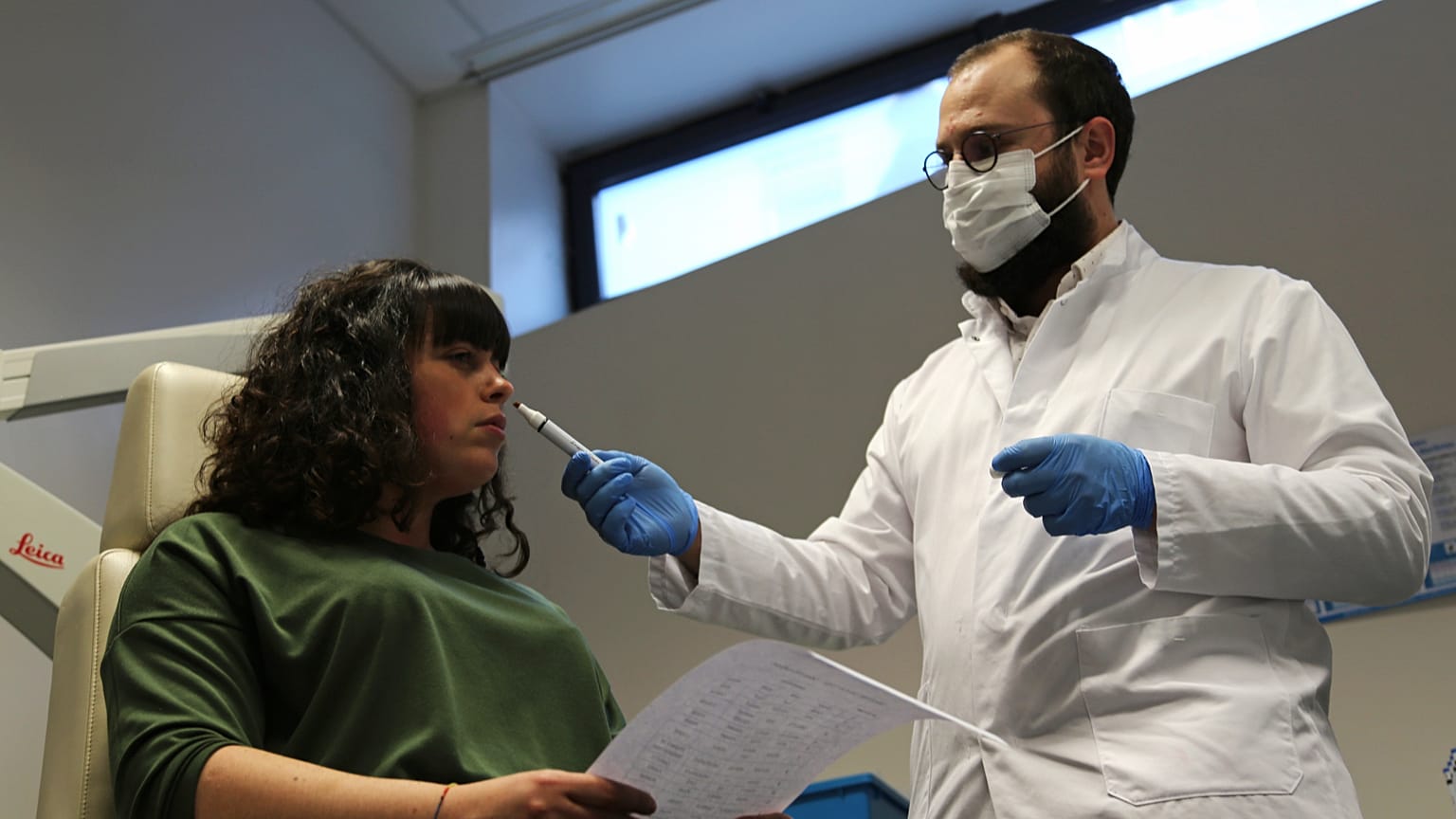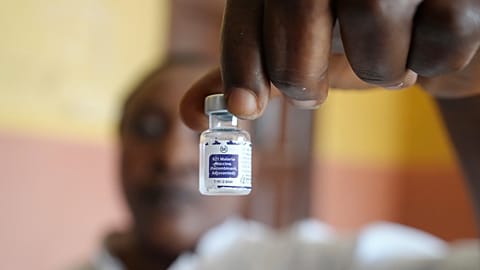Fifteen per cent of health care spending in the EU comes from household out-of-pocket payments. Euronews Health takes a close look at how and why these shares vary widely across Europe.
The European Union describes access to health care as a fundamental human right, but who bears the cost?
According to Eurostat, mandatory health insurance contributions account for slightly more than half (51 per cent) of total health care spending in the EU. Government spending represents around 30 per cent, while household out-of-pocket payments make up 15 per cent.
This means that, on average, EU households pay €15 directly for every €100 medical bill.
So, how much do households pay out of pocket across European countries? And what share do these payments represent in health care spending?
According to Eurostat, in 2024 or the nearest available year, the share of household out-of-pocket payments for health care ranged from 8.5 per cent in Luxembourg to 35.5 per cent in Bulgaria.
The analysis included 34 European countries.
This share is also above 30 per cent in Latvia (35.1 per cent), Greece (34.3 per cent), Serbia (32.1 per cent), Lithuania (31.4 per cent), and Bosnia and Herzegovina (31 per cent).
Dr Joseph Piscopo, a health economist at Malta's health ministry, noted that Eastern and Southern European countries tend to have higher out-of-pocket costs relative to their overall spending..
“Stronger economies can allocate more financial resources to their health systems and, consequently, achieve lower levels of out-of-pocket health expenditure,” he told Euronews Health.
In addition to Luxembourg, France (8.9 per cent), Croatia (9.4 per cent), Ireland (10.6 per cent), and Germany (10.7 per cent) recorded the lowest shares of household out-of-pocket payments.
Among Europe’s five largest economies, Italy has the highest share at 22.3 per cent, closely followed by Spain at 20.9 per cent.
Meanwhile, France and Germany rank among the five countries with the lowest shares and the United Kingdom, at 15.9 per cent, is close to the EU average, although its data refer to 2019.
Out-of-pocket shares are below the EU average in three Nordic countries: Sweden (13.4 per cent), Denmark (13.9 per cent), and Norway (14.1 per cent). Finland (16.1 per cent) stands slightly above the EU average.
Coverage policy matters
Jonathan Cylus, head of the London Hubs at the European Observatory on health systems and policies & senior health economist at the WHO EURO, emphasised that national health insurance policies, which “determine who is covered, what services are covered, and how much of the cost of care is covered” are among the most important reasons for cross-country differences.
“In many of the worst-performing countries, like Bulgaria, people who do not pay their social insurance contributions are excluded from publicly financed coverage, so any health needs are paid in full out of pocket,” he said.
Pascal Garel, chief executive of the European Hospital and Healthcare Federation (HOPE), explained that out-of-pocket shares tend to be lower in countries with broad public or social health insurance coverage. These systems usually offer comprehensive benefit packages that include most services such as hospital care, primary care visits, and prescribed medicines.
They also feature low or no user charges for essential services and strong protection mechanisms for vulnerable groups, including low-income people, the elderly, and patients with chronic conditions. France, Germany, and Sweden are some examples of such countries.
Garel added that countries with the highest shares, such as Bulgaria and Greece, have smaller or less comprehensive public benefit packages, limited coverage for outpatient medicines, dental care, and diagnostic tests, and weaker protection against catastrophic health spending.
How much does one person pay each year?
According to Eurostat, in 2023 or the nearest available year, a person on average in the EU paid €542 per year out of pocket for health care. Among 34 European countries, this ranged from €116 in Moldova to €2,396 in Switzerland.
Among the EU members, it varied from €136 in Croatia to €1,176 in Belgium. People in Norway (€1,158) also paid more than €1,000 each year.
“Wealthier Western and Northern European countries invest more in high-tech medicine, driving up per capita expenditure,” Garel said.
In addition to Moldova and Croatia, annual direct health payments were below €300 in Bosnia and Herzegovina (€206), Romania (€223), Poland (€232), and Serbia (€293).
France lowest among top economies
People in France had the lowest out-of-pocket healthcare payments among Europe’s five largest economies, at €410 per year, making it the only one below the EU average.
Italy recorded the highest amount at €718, followed by Germany (€652), the UK (€609, 2019 data), and Spain (€596).
Garel pointed to demographic and epidemiological factors that help drive spending levels. Countries with ageing populations, for example in Italy and Germany, and a higher prevalence of chronic diseases tend to have greater demand for medical care and long-term care services.
“Younger populations or countries with lower life expectancy tend to spend less — but often because care is underutilised, not because needs are lower,” he added.
The gap is narrower in PPS terms
Country differences become smaller when measured in purchasing power standards (PPS). PPS is an artificial currency unit that aims to make it easier to compare prices across economies. According to Eurostat, one PPS can buy the same amount of goods and services in each country.
In PPS terms, household out-of-pocket payments per person ranged from 191 in Croatia to 1,304 in Switzerland.
Some rankings change significantly when measured in PPS rather than in euros. For example, in Bulgaria, the figure is €413 compared with 740 PPS.


















